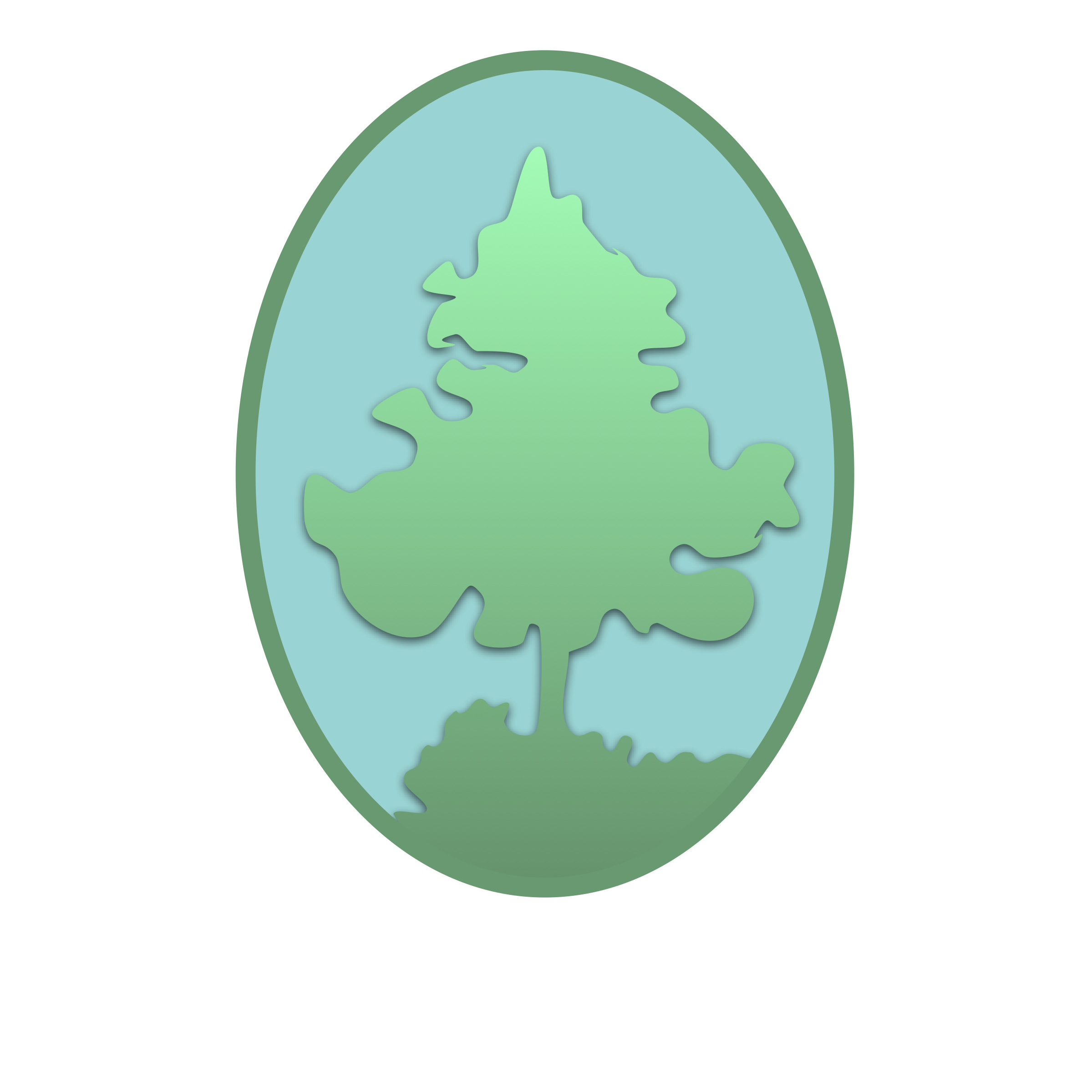A Midsummer Night’s Stroll
Submitted by Helen Shumway, Friends of West 11th Street Park President
Photo credit: AnimalSpot.net
With the summer heat, a lot of people are walking later in the evening when it’s cooler. Have you ever heard high-pitched squeaks reminiscent of a bike wheel in need of lubrication when you walk after dark? The sounds are calls of Southern flying squirrels, a nocturnal woods inhabitant that is hardly ever seen unless you shine a powerful lantern up in the trees. You may catch reflections from their large eyes, evolved so as to catch dim light.
Actually gliders rather than fliers, flying squirrels bear a generous flap of skin between their anterior and posterior limbs. When they open the flap of skin, they form the outline of a rectangle to create a glider wing that allows them to travel through the air. When they near their target, they brake by abruptly turning up to a horizontal position, using air resistance to slow down to an all-fours landing. The Southern flying squirrel can glide over 80 yards.
Southern flying squirrels are fairly small. The main body ranges between 5.5 to 6.4 inches in length, while the tail is around 3.5 to 4.5 inches long. They have thick, glossy, grayish to olive- green fur with white underbellies. They produce two litters annually: April-May and in August- September.
The Southern flying squirrel prefers to nest in abandoned woodpecker holes found in dead trees around 6-20 feet high. For nourishment the Southern flying squirrel relies on nuts, acorns, seeds, berries, some types of insects, and bird eggs. They store some food in their nest chambers and also in tree crotches.
So if you hear high-pitched squeaks under the trees of West 11th Street Park at night, look not for a bike or trike, but gaze up to see if you can catch a glimpse of a squirrel gliding against the night sky where there is a gap in the canopy.

